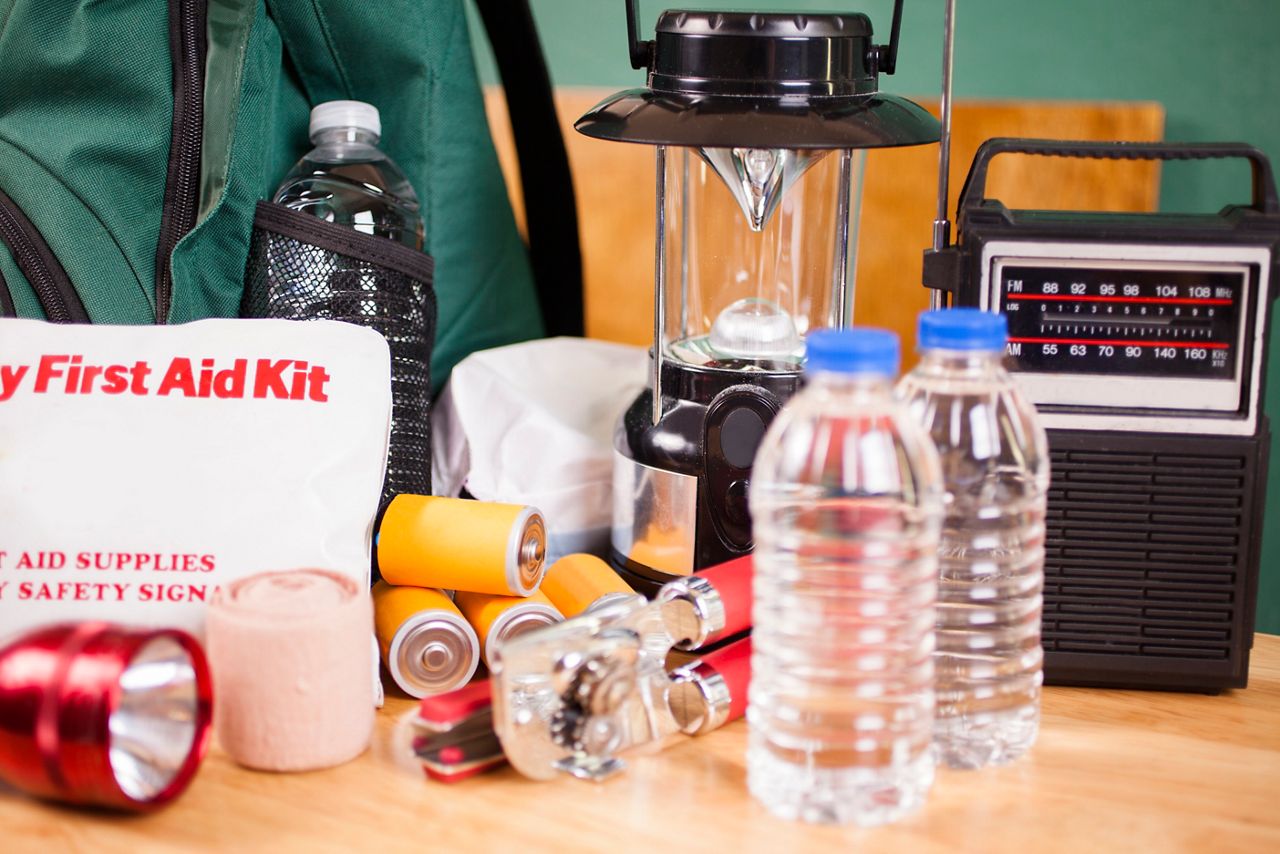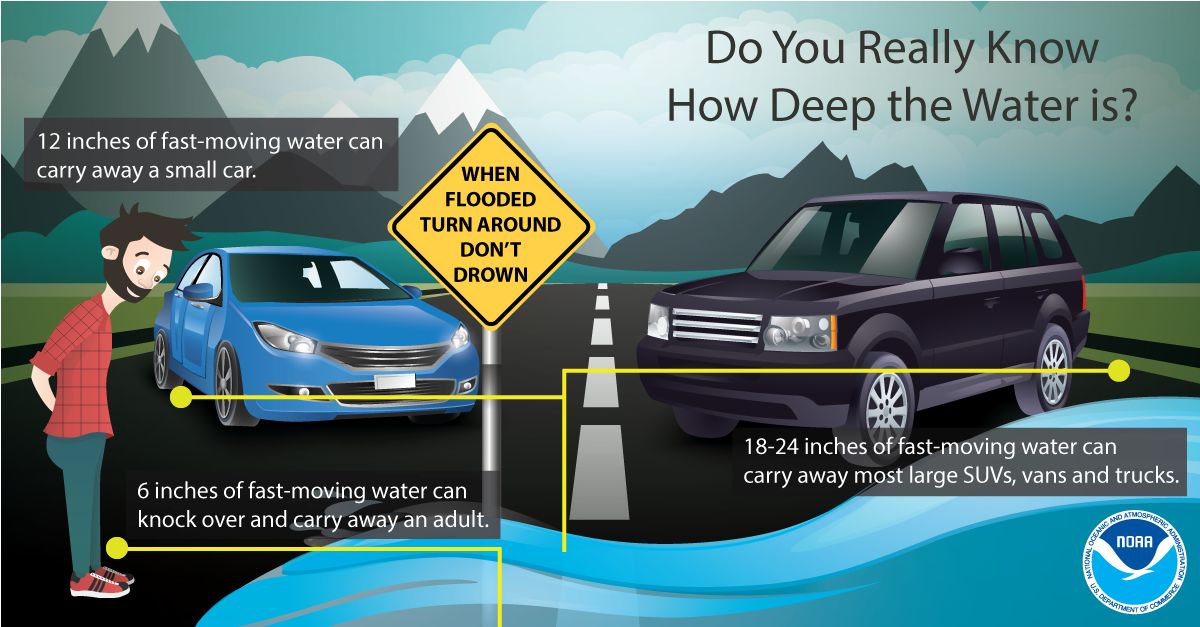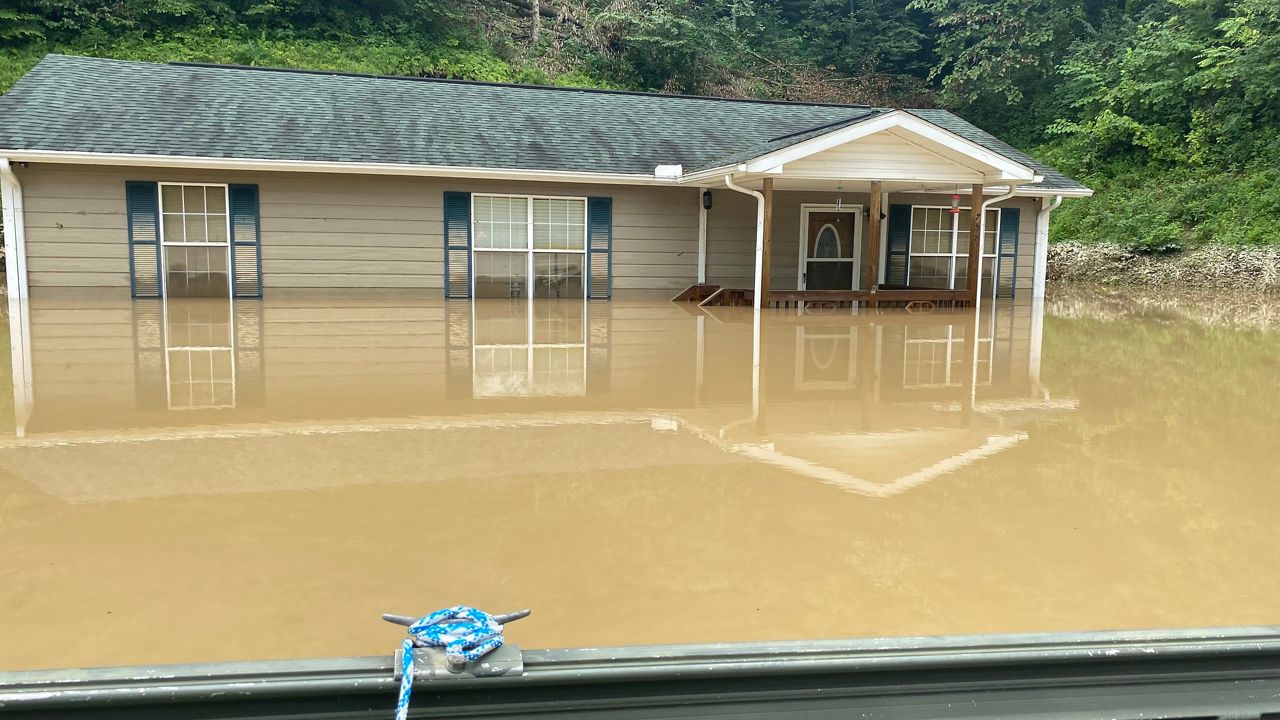Flash flooding strikes many by surprise. It can happen in just minutes, helping make it a leading cause of weather-related deaths in the country. Know what to do before, during and after the water hits.
Even if rain isn’t in the forecast or you think where you live is safe from flooding, it’s good to mitigate the risk and prepare your home.
Know if you live in a floodplain or flood zone and are prone to flash flooding, which you can find out from this interactive FEMA map. Whether you are in a high-risk zone or not, you may need flood insurance because most homeowners insurance doesn’t cover flood damage.
Put together an emergency kit, make sure gutters and drains are clear and have sandbags on hand.

Sometimes, no matter how much we prepare and plan, flooding can happen. Once flash flooding begins, there isn’t much time to prepare anymore.
Follow reliable sources to receive watches and warnings, whether that be TV, social media or weather radio. Turning on severe weather notifications from the Spectrum News app is a good start.
If your home begins to flood, turn off main switches or valves that could be exposed to water. Disconnect electrical appliances and avoid touching electrical equipment if you are wet or standing in water.
Sometimes, flash flooding can force you to move to higher ground. Be prepared to move out quickly if you live in a flood-prone area.
Do not drive through flooded roads. It only takes one foot of water to sweep away a vehicle, and many flood-related deaths happen to people who drive through it. Always remember: “Turn around, don’t drown.”

Roads can stay flooded long after heavy rain has ended. Not only can you maximize your own safety by not walking or driving through flooded areas, but the safety of first responders and emergency workers who are assisting in those areas.
Upon re-entering your home, if the power has been out, throw away unsafe or spoiled food and drinks that were in the refrigerator or freezer. Also, be sure to follow local guidance on whether your local water is safe to drink.
If your power is still out after getting back, know how to use a generator safely. Never use a generator indoors or even in an open garage, since carbon monoxide is a dangerous, deadly gas that has no smell or color.
Drying out your home to prevent rot and mildew and proper clean-up is important. If it’s something you decide to do yourself, be sure to do it safely–disinfect with something like a mixture of bleach and water, following the label's instructions. Don't mix chemicals because the fumes can be toxic.
If you experience damage, take pictures and videos and have documentation ready to go for your insurance.
If you aren’t sure what kind of protection you and your family might need, talk to your insurance agent and a contractor. A professional can assess your home and provide valuable information for preventing, or at least minimizing, the damaging effects of heavy rain and floods.
Our team of meteorologists dives deep into the science of weather and breaks down timely weather data and information. To view more weather and climate stories, check out our weather blogs section.



